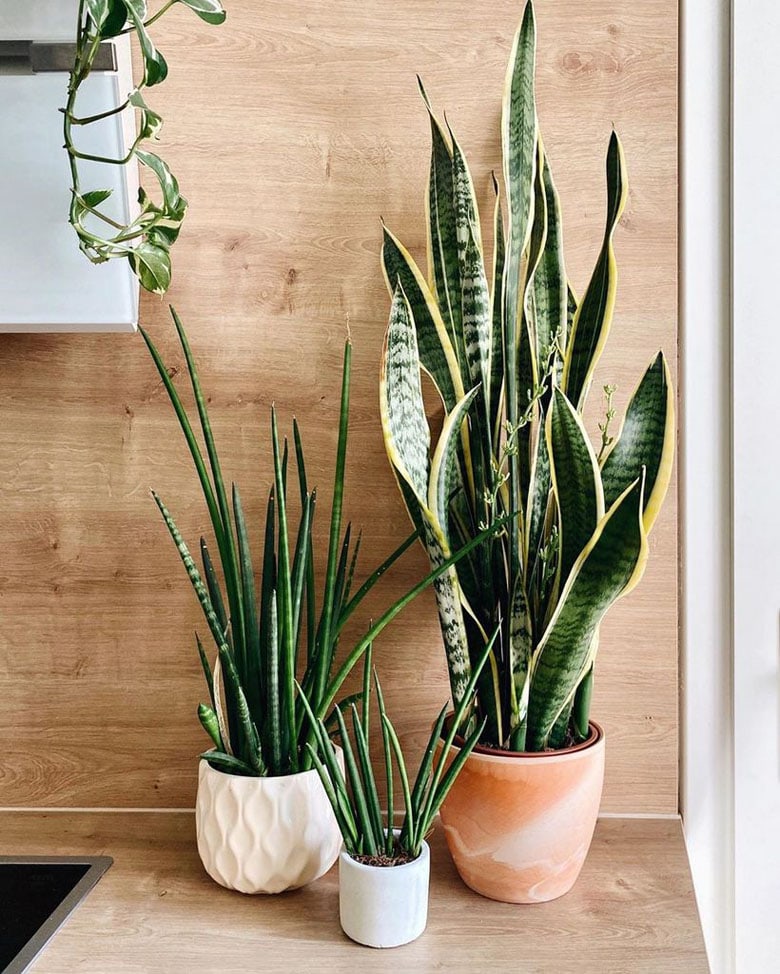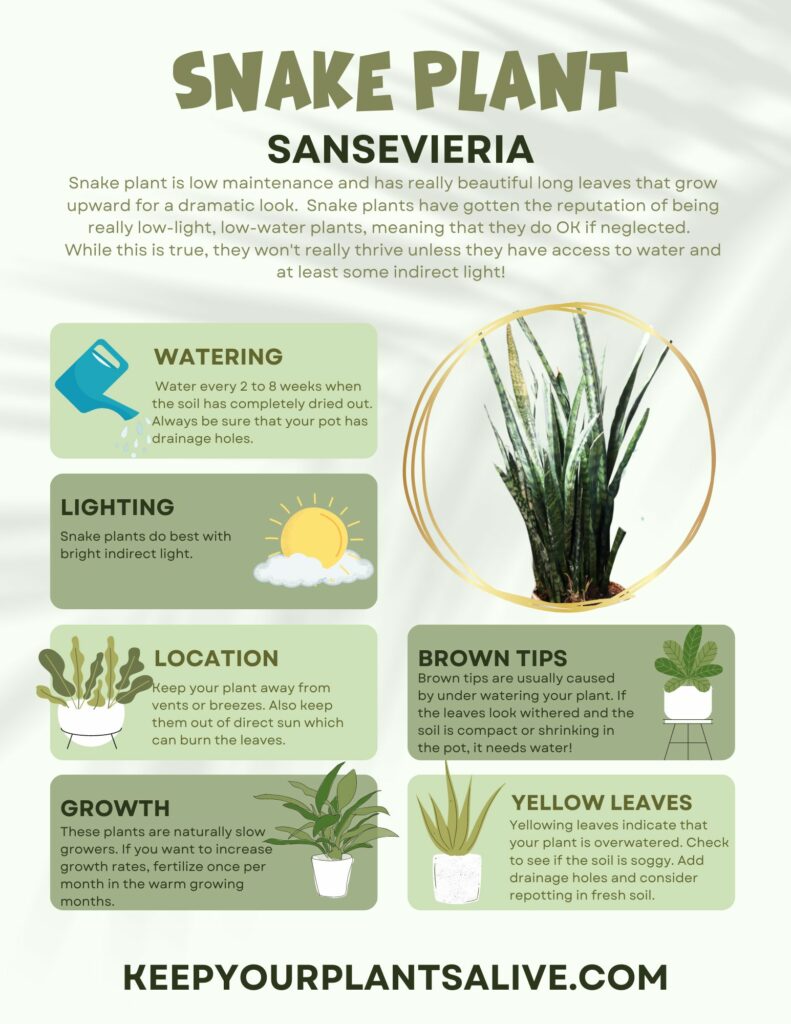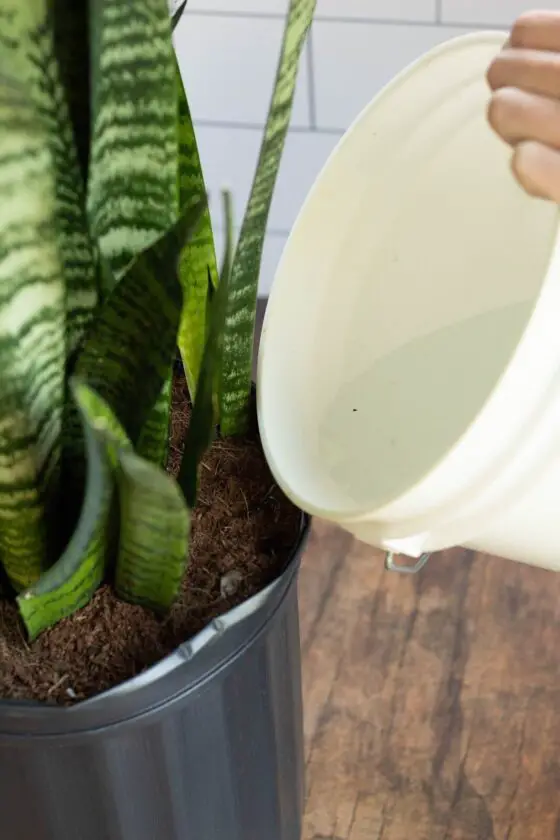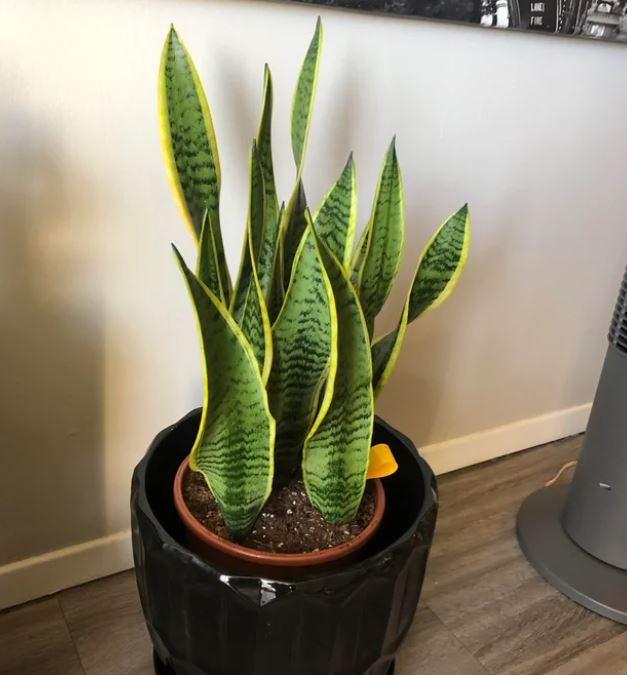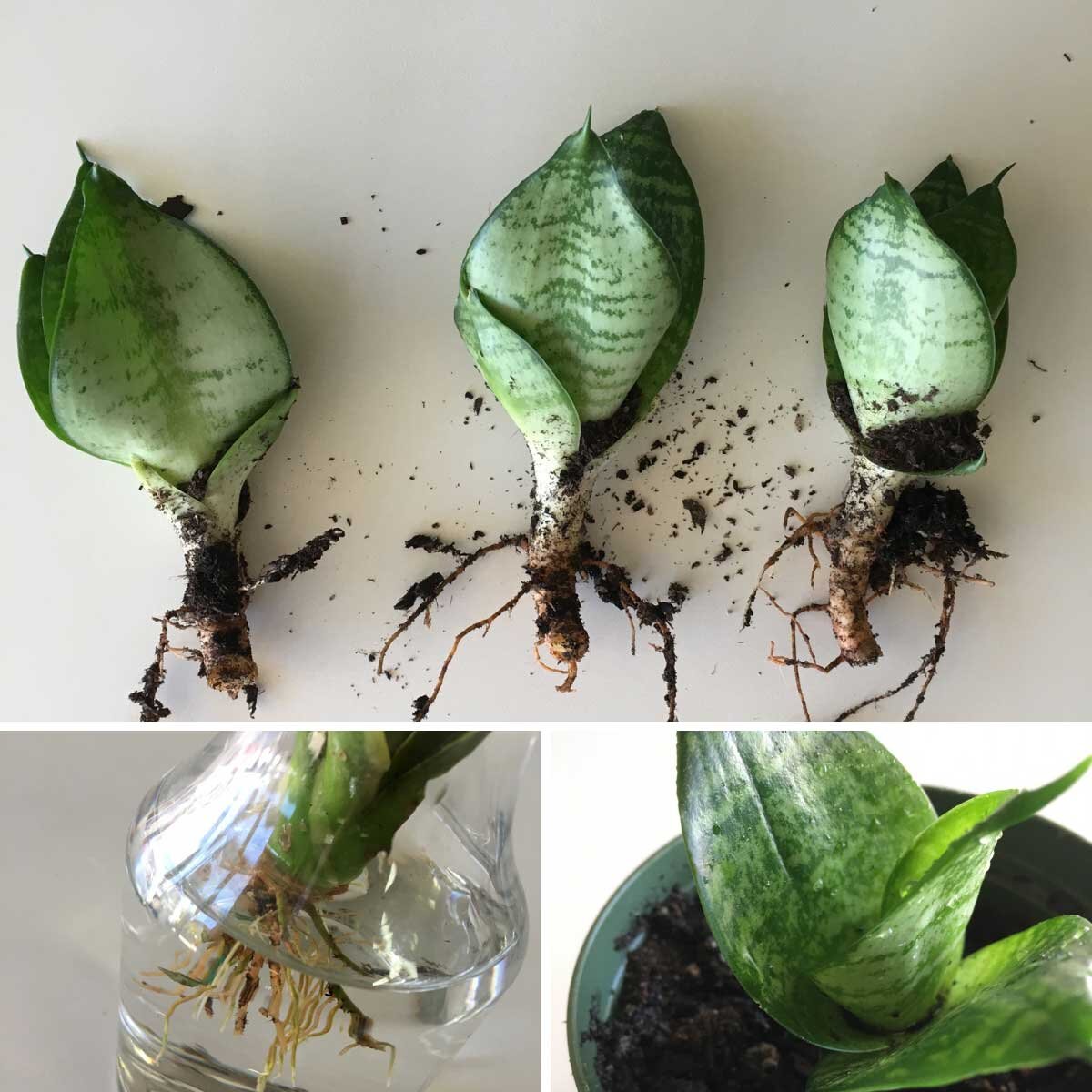Unlocking the Secrets of Low-Maintenance Greenery
The snake plant, also known as Sansevieria Trifasciata, has become a popular choice for indoor spaces due to its ability to thrive in a variety of environments. This low-maintenance houseplant is perfect for busy individuals or those new to plant care, as it can survive with minimal attention. In fact, learning how to take care of a snake plant is a great way to start your plant parenting journey, as it’s forgiving and easy to care for. With its sleek, upright leaves and ability to grow in a range of lighting conditions, the snake plant is a versatile and stylish choice for anyone looking to bring some greenery into their life. Whether you’re a seasoned plant enthusiast or just starting out, the snake plant is an excellent addition to any space.
Providing the Right Environment for Your Snake Plant
When it comes to creating an ideal environment for your snake plant, there are a few key factors to consider. Lighting, temperature, and humidity all play a crucial role in the health and well-being of your plant. Snake plants can thrive in a range of lighting conditions, from low to bright indirect light, making them a great choice for rooms with limited natural light. However, it’s essential to avoid direct sunlight, which can cause the leaves to become scorched. In terms of temperature, snake plants prefer temperatures between 65-75°F (18-24°C), but they can tolerate a range of temperatures as long as they are not exposed to extreme fluctuations. Humidity is also important, with snake plants preferring a relatively low humidity environment. To adapt to different environments, consider using a humidifier or grouping plants together to create a microclimate. By providing the right environment, you’ll be well on your way to learning how to take care of a snake plant and enjoying its many benefits.
How to Water Your Snake Plant for Optimal Health
Watering is a crucial aspect of learning how to take care of a snake plant. Snake plants are drought-tolerant, but they still need regular watering to thrive. The key is to find a balance between too little and too much water. Overwatering is one of the most common mistakes that can lead to root rot and other problems. To avoid this, check the soil moisture by sticking your finger into the soil up to the first knuckle. If the soil feels dry, it’s time to water. Water your snake plant thoroughly, making sure the pot drains well to prevent waterlogged soil. As a general rule, water your snake plant every 1-2 weeks during the spring and summer months when it’s actively growing, and every 4-6 weeks during the fall and winter months when it’s dormant. By mastering the art of watering, you’ll be well on your way to becoming a snake plant expert and enjoying the many benefits of having a thriving, low-maintenance houseplant.
Fertilizing Your Snake Plant for Maximum Growth
Fertilizing is an essential aspect of learning how to take care of a snake plant. While snake plants can thrive in poor soil, fertilizing can provide them with the necessary nutrients to promote healthy growth and development. When choosing a fertilizer, look for a balanced, water-soluble fertilizer that is specifically formulated for indoor plants. A 20-20-20 fertilizer is a good starting point, but you can also use a fertilizer that is slightly higher in nitrogen to promote leaf growth. Fertilize your snake plant during the growing season (spring and summer) every 2-4 weeks. Dilute the fertilizer to half the recommended strength to avoid burning the roots. Signs of nutrient deficiency include yellowing leaves, stunted growth, and weak stems. By fertilizing your snake plant regularly, you can ensure it receives the necessary nutrients to thrive and become a beautiful, lush addition to your home. Remember, fertilizing is just one part of the overall care routine, and when combined with proper watering, pruning, and pest control, you’ll be well on your way to becoming a snake plant expert.
Pruning and Grooming Your Snake Plant for a Fuller Appearance
Pruning and grooming are essential steps in learning how to take care of a snake plant. Regular pruning helps maintain the plant’s shape, promotes healthy growth, and encourages bushy foliage. To prune your snake plant, start by removing any dead or damaged leaves. Cut the leaf off at the base, making sure to disinfect your pruning tools between cuts to prevent the spread of disease. Next, trim back any leggy stems to encourage branching. This will help your snake plant grow fuller and more compact. When pruning, make clean cuts just above a node, and remove any weak or spindly growth. Pruning also provides an opportunity to inspect your plant for any signs of pests or disease, allowing you to take action quickly to prevent infestations. By incorporating regular pruning and grooming into your snake plant care routine, you can enjoy a lush, vibrant plant that adds beauty and freshness to your home. Remember, pruning is a crucial aspect of how to take care of a snake plant, and when combined with proper watering, fertilizing, and pest control, you’ll be rewarded with a thriving, low-maintenance houseplant.
Pest Control and Common Problems in Snake Plant Care
When learning how to take care of a snake plant, it’s essential to be aware of common pests and problems that can affect the plant’s health. Two of the most common pests that can infest snake plants are spider mites and mealybugs. Spider mites are tiny, spider-like insects that feed on the plant’s sap, causing yellowing leaves and fine webbing. Mealybugs, on the other hand, are small, white insects that secrete a sticky substance, causing leaves to become distorted and discolored. To identify an infestation, inspect your plant regularly for signs of pests, such as tiny eggs, webs, or actual insects. If you suspect an infestation, isolate the plant, and treat it with insecticidal soap or neem oil. Repeat the treatment every 7-10 days to ensure all pests are eliminated. In addition to pest control, snake plants can also be susceptible to root rot, which is often caused by overwatering. To prevent root rot, make sure to water your snake plant properly, and avoid getting water on the leaves or crown. By being aware of these common problems and taking proactive steps to prevent them, you can ensure your snake plant remains healthy and thriving. Remember, pest control and problem prevention are crucial aspects of how to take care of a snake plant, and with the right knowledge and techniques, you can enjoy a beautiful, low-maintenance houseplant.
Snake Plant Propagation: How to Multiply Your Favorite Plant
One of the most rewarding aspects of learning how to take care of a snake plant is propagating new plants from existing ones. Snake plant propagation is a relatively simple process that can be done through leaf cuttings, division, or rhizome separation. Leaf cuttings involve cutting off a healthy leaf from the mother plant, allowing it to dry for a few days to form a callus, and then planting it in well-draining soil. Keep the soil moist and warm, and roots should develop within a few weeks. Division involves separating the rhizome, or underground stem, of a mature snake plant into sections, each with at least one growing point. Replant the sections in fresh soil, and water well. Rhizome separation is similar to division, but involves separating the rhizome into individual plants, each with its own roots and leaves. Regardless of the method, make sure to provide the new plants with bright, indirect light and maintain a consistent watering schedule. With a little patience and care, you’ll be enjoying multiple snake plants in no time. By mastering snake plant propagation, you’ll not only be able to share plants with friends and family but also ensure a continuous supply of these beautiful, low-maintenance houseplants. Remember, propagation is an essential aspect of how to take care of a snake plant, and with practice, you’ll become a pro at multiplying your favorite plant.
Troubleshooting Common Issues in Snake Plant Care
Even with proper care, snake plants can sometimes encounter problems that can affect their health and appearance. When learning how to take care of a snake plant, it’s essential to be aware of common issues and know how to troubleshoot them. One common problem is yellowing leaves, which can be caused by overwatering, underwatering, or exposure to direct sunlight. To address this, adjust the watering schedule, and provide filtered sunlight. Droopy stems can be a sign of root rot, which is often caused by waterlogged soil. To prevent root rot, ensure good drainage, and avoid getting water on the leaves or crown. Another issue is leaf tips turning brown, which can be caused by dry air or fluoride toxicity. To resolve this, increase humidity around the plant, and use fluoride-free water. By being aware of these common problems and knowing how to troubleshoot them, you can ensure your snake plant remains healthy and thriving. Remember, troubleshooting is an essential aspect of how to take care of a snake plant, and with the right knowledge and techniques, you can overcome any challenges that may arise.



